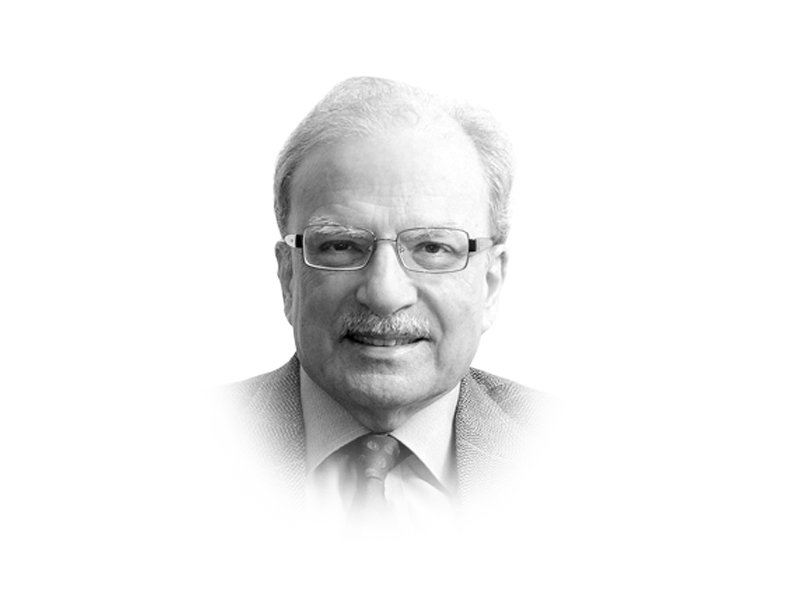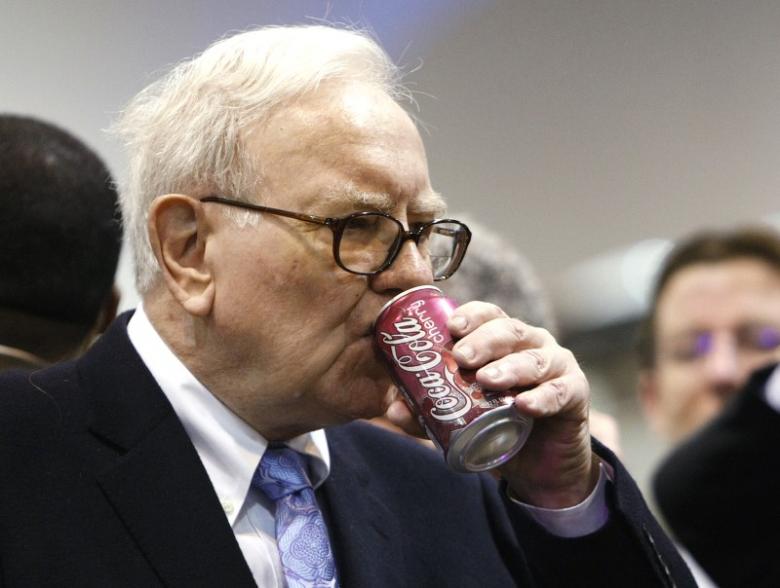
Several serious analysts attempted to answer this question. “Omar Mateen, the Florida shooter who had pledged allegiance to the IS, just ushered Donald Trump to the White House, Britain out of the European Union, Marine le Pen to the French presidency and the world into a downward spiral of escalating violence,” speculated Roger Cohen in The New York Times. This IS-inspired mass killing was followed by the murder in Paris of a policeman and his wife. The French killer of Moroccan descent had spent several months in prison where he proselytised to other inmates.
Continuing his commentary, Cohen wondered whether Mateen’s act could lead to the same kind of upheaval that was unleashed by the 19-year-old Bosnian Serb nationalist, whose murder of Archduke Franz Ferdinand of Austria and Sophie, his wife, ripped up the old decaying European order and ignited the First World War. “There is no question that the deadliest mass shooting in modern American history comes at a time of particular unease. In both the United States and Europe, political and economic frustrations have produced a groundswell against the status quo and an apparent readiness to make a leap in the dark … On top of this, and feeding this, Islam is in epochal crisis. Its … branches are mired in violent confrontation. Its adjustment to the modern world has proved faltering and agonised enough to produce a metastasising strain of violent anti-Western jihadist beliefs in which Mateen – like the San Bernardino shooters – was apparently susceptible.” Cohen’s reference to San Bernardino, of course, was to Syed Rizwan Farook and Tashfeen Malik, a couple of Pakistani descent. They killed 14 people who were attending a party at the office that employed Farook, in December 2015. In a Facebook post before she went killing, Malik also professed allegiance to the IS.
In the few days following the killings in Orlando, the US – and the world – was witness to the display of divisions in the country that have surfaced in the attitude towards Islam, a religion with 1.6 billion adherents. Islam is the world’s most rapidly growing large religion in part because of the relatively higher rate of fertility and also because of the relative social and economic backwardness of a significant number of its people. The increasing presence of Islam in the United States and Europe is because of the migration of Muslims to these parts of the West. There has been a steady flow of Muslim migrants to the United States, a significant number from South Asia. Some one to two per cent of the US population of 342 million is made up of Muslims; a large number is of Pakistani origin. In Europe, more than a million Muslim refugees arrived just in 2015 to escape the growing violence in the Middle East and Afghanistan. There is every reason to believe that one immediate consequence of the acts of violence committed by Muslims in America and Europe would be to tighten the migration of Muslims into these areas.
Donald Trump, the Republican Party candidate for the presidency, has made no secret of his dislike of Islam and the migration to the United States of the members of this faith. In his apocalyptic speech a day after the Orlando massacre, he pointed to the fact that a single gunman had wrought such havoc. “Can you imagine what they’ll do in large groups, which we are allowing now to come here?” He went a great deal further, repeating his demand for a total ban on the entry of all Muslims in the country until the time, “we figure out what they are up to.” Those who were already in the country should be closely watched, he said. He went on to suggest that President Barack Obama was, perhaps, a secret sympathiser of the cause of “radical Islam”.
There cannot be any doubt that the growing gulf between the West and Islam will continue to widen even more until the time the global Muslim community brings under its control those in its population who are posing a serious challenge to the modern state. The state this small segment of the population is attacking is not only in the West. It has singled out the modern Muslim state as one of its prime targets. There is a reason why the IS calls itself a “caliphate”. It aims to take back the Muslim community to the time of the founding of the religion and re-establish the institutions of governance that saw the spread of Islam in those early days.
Published in The Express Tribune, June 20th, 2016.
Like Opinion & Editorial on Facebook, follow @ETOpEd on Twitter to receive all updates on all our daily pieces.



1732626034-0/BeFunky-collage-(92)1732626034-0-165x106.webp)








COMMENTS (5)
Comments are moderated and generally will be posted if they are on-topic and not abusive.
For more information, please see our Comments FAQ